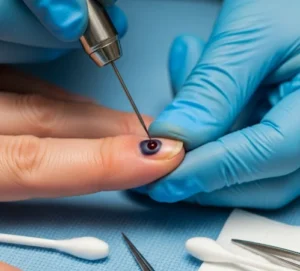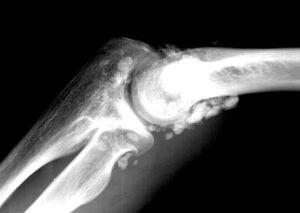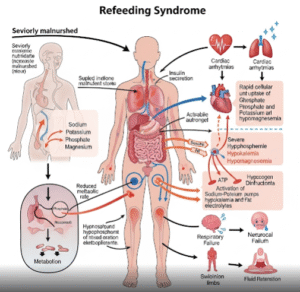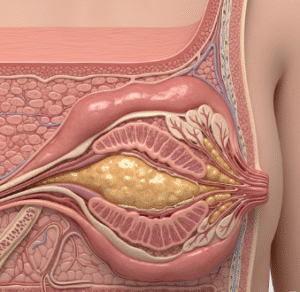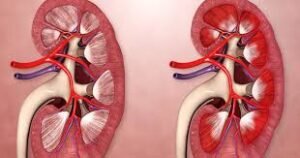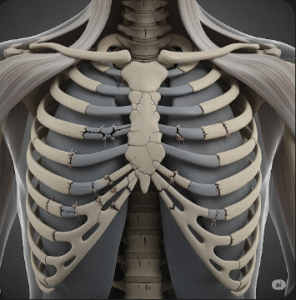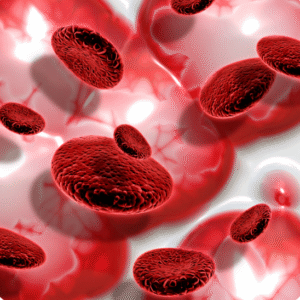Overview
Optic Nerve Hypoplasia (ONH) is a congenital condition in which the optic nerve is underdeveloped at birth. The optic nerve is responsible for transmitting visual signals from the eye to the brain. In ONH, the nerve has fewer than the normal number of nerve fibers, resulting in impaired visual function. ONH is one of the most common causes of visual impairment in children, and its severity can range from mild visual limitations to complete blindness.
What is Optic Nerve Hypoplasia?
Optic Nerve Hypoplasia is a non-progressive developmental disorder of the optic nerve. It may affect one (unilateral) or both eyes (bilateral) and is often identified during infancy or early childhood. The optic disc — the visible portion of the optic nerve — appears abnormally small on examination. In some cases, ONH is an isolated finding; in others, it is associated with brain abnormalities and hormonal dysfunction, particularly involving the pituitary gland and midline structures of the brain.
ONH is part of a broader spectrum called septo-optic dysplasia when associated with midline brain defects and pituitary hormone deficiency.
Symptoms
The symptoms of ONH can vary widely, depending on whether one or both eyes are affected and the degree of nerve underdevelopment. Common signs include:
- Reduced visual acuity (blurry or poor vision)
- Nystagmus (involuntary eye movements)
- Strabismus (crossed or misaligned eyes)
- Poor visual tracking or fixation in infants
- Light sensitivity or poor depth perception
- Developmental delays, especially in bilateral cases
- Hormonal imbalances or growth issues (if associated with pituitary dysfunction)
Causes
The exact cause of ONH is not fully understood, but it is believed to result from abnormal development of the optic nerve during gestation. Possible contributing factors include:
- Prenatal exposure to alcohol, drugs, or infections
- Maternal diabetes
- Young maternal age
- Genetic mutations or chromosomal abnormalities (rare)
- Unknown spontaneous developmental disruptions
Most cases are sporadic (not inherited) and occur without a known cause.
Risk Factors
Several factors may increase the likelihood of a child being born with ONH:
- Maternal health issues during pregnancy (e.g., diabetes, substance abuse)
- Teenage pregnancy
- Premature birth or low birth weight
- Use of certain medications or toxins during pregnancy
- Family history of developmental eye or brain disorders (rare)
Complications
Depending on the severity and associated brain involvement, ONH can lead to a variety of complications:
- Legal or complete blindness
- Delayed motor and cognitive development
- Pituitary hormone deficiencies (growth hormone, cortisol, thyroid, etc.)
- Seizures or neurological issues in severe cases
- Learning disabilities and behavioral challenges
- Visual field defects, including peripheral or central vision loss
Early identification and support are critical to minimizing developmental impact.
Prevention
There is no guaranteed way to prevent ONH, but certain measures during pregnancy may help reduce risk:
- Avoid alcohol, tobacco, and recreational drugs during pregnancy
- Manage maternal diabetes and other chronic conditions
- Attend regular prenatal care visits
- Ensure proper nutrition and take prenatal vitamins
- Avoid known teratogens and infections during early pregnancy
- Seek genetic counseling if there is a family history of visual or neurological disorders
Treatment Options in Korea
While there is no cure for Optic Nerve Hypoplasia, early intervention and supportive care can significantly improve outcomes. South Korea offers high-quality pediatric ophthalmologic and neurodevelopmental care. Treatment focuses on:
- Regular ophthalmologic monitoring to assess vision stability
- Vision therapy and low vision rehabilitation to maximize functional vision
- Occupational and physical therapy for motor development delays
- Special education services and learning support
- Endocrinology evaluation and hormone replacement therapy for associated pituitary deficiencies
- Neurological assessments and imaging (MRI) to detect brain malformations
Leading institutions like Seoul National University Children’s Hospital, Asan Medical Center, and Samsung Medical Center provide multidisciplinary care, combining pediatric neurology, ophthalmology, endocrinology, and developmental services for children with ONH.


